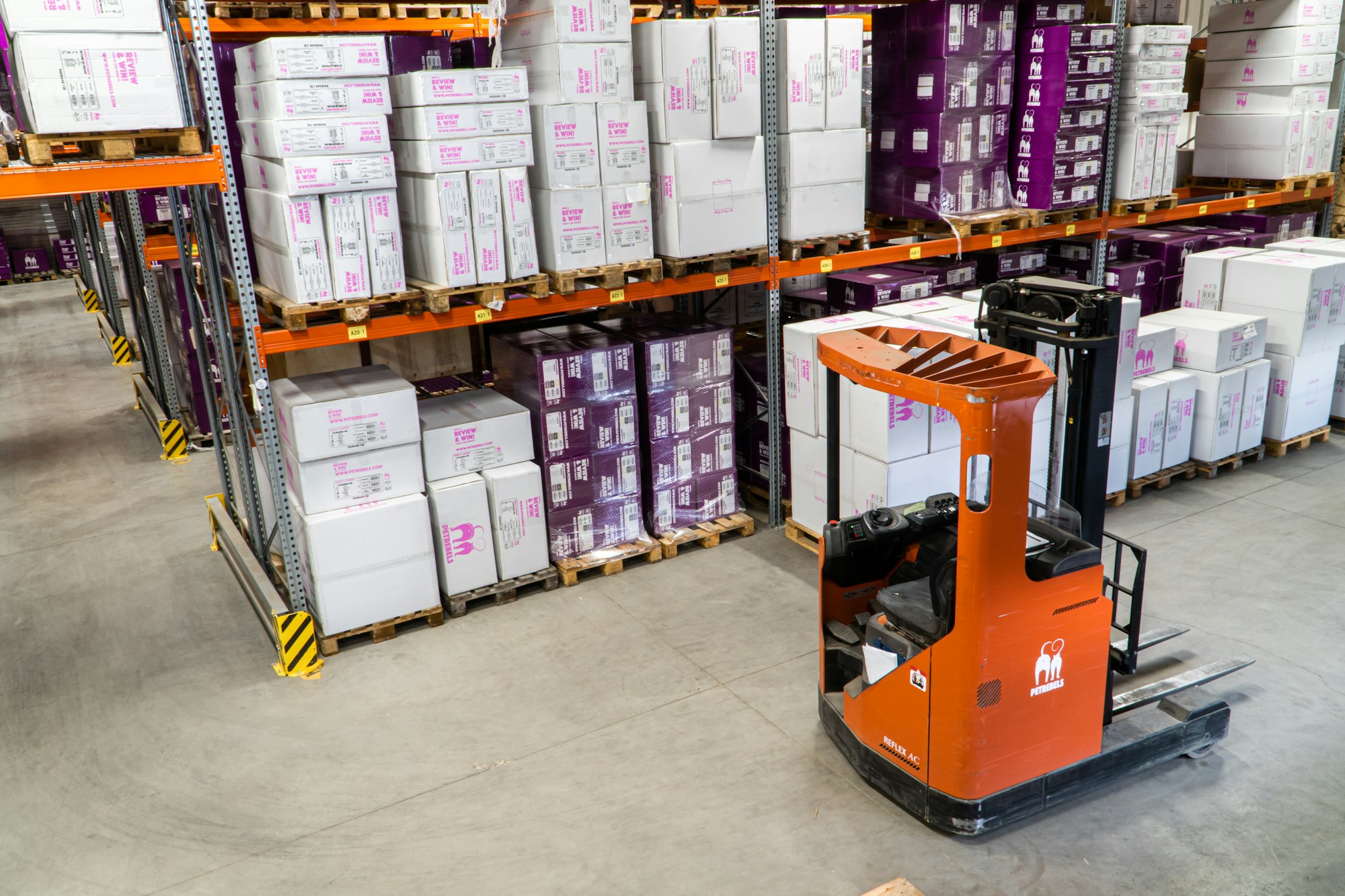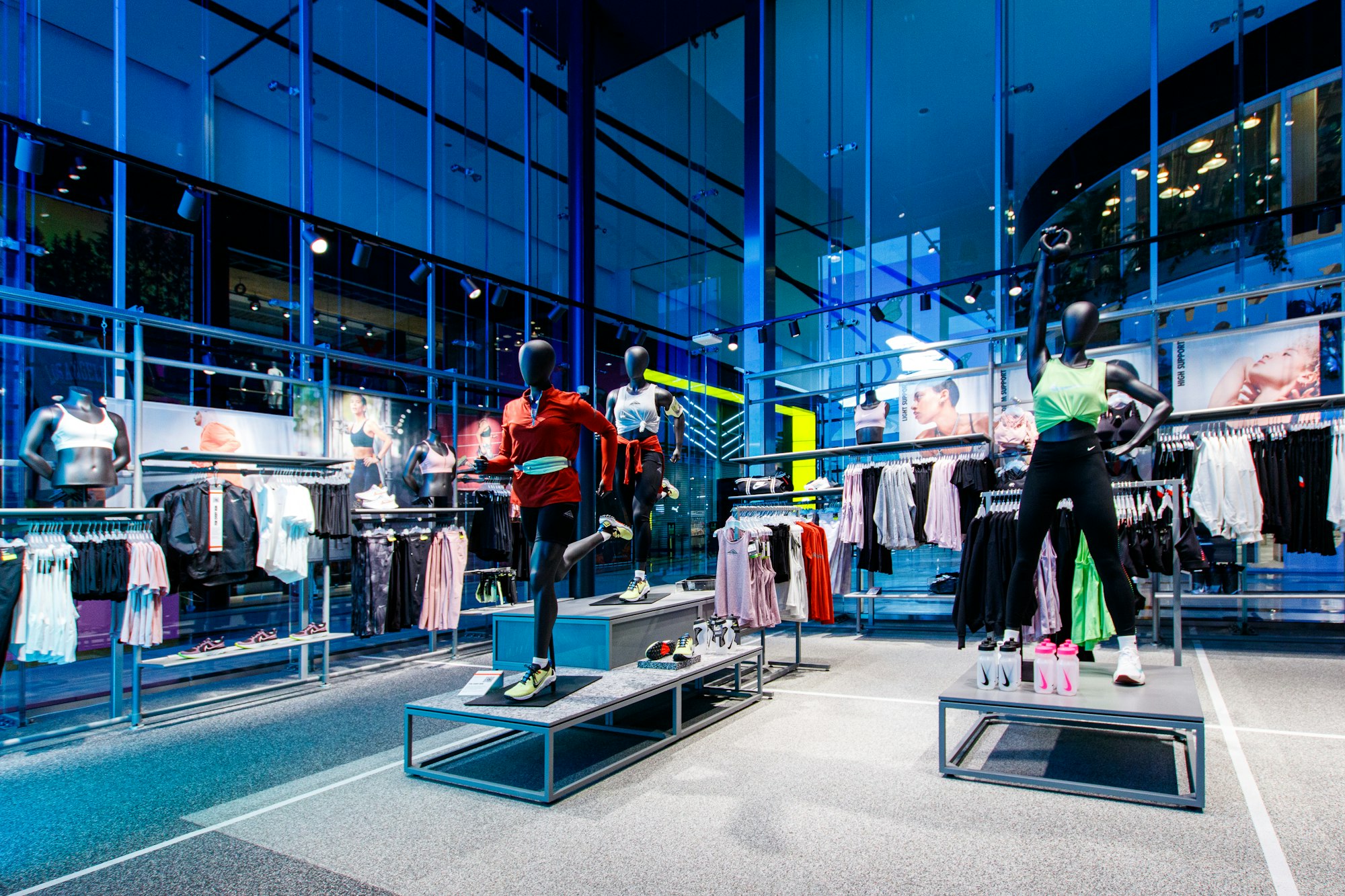Multichannel—The Next Step in your Growth
The internet has revolutionised retail. Merchants aren't limited to brick-and-mortar stores to do business anymore. Customers can reach them and buy their products on their website, dedicated apps on their phone, through several popular merchant platforms, or even on social media.
These days, even the smallest merchant can reach millions of customers with modern technology.
But adding more channels to an already crowded sales network isn't easy. You need the right tools to manage several channels at once—one specifically designed for multichannel retail.
In this article, we will discuss the challenges of multichannel retail as well as the technology available to seize this tremendous growth opportunity.

The next step in your growth
Opening up your business to multichannel retail can be an incredible boost to your sales. This is because multichannel makes it so much easier for your customers to interact with your brand.
Unfortunately, this comes at a cost. Each added channel multiplies the complexity of your order fulfilment workflow.
Customers expect to receive their orders delivered on time and intact. So to make a success of multichannel retail, your order management has to be excellent. You need a modern multichannel order management solution (OMS) to help you meet the high expectations of the modern consumer.
Traditional order management software was never designed to process orders from several channels at once. Using them in a multichannel environment will cause bottlenecks and processing errors which will negatively impact your customer experience.
You need a proper multichannel order management solution to take you through this transition—one that provides a unified interface to manage orders from all your sales channels in one place.
The system also needs to incorporate inventory control, product pricing and warehouse management in the same interface.

The challenges of multichannel OMS
When you make several sales channels available to your customers, you will be able to grab a lot more of their business. But it comes at the cost of added complexity to your fulfilment operations.
Here are some of the challenges you will face when you move to multichannel retail:
1. Inventory management is more complex
When you start selling through multiple channels, it becomes a lot more difficult to make accurate demand forecasts and to figure out how much inventory you need for each channel.
If you overstock, you will incur extra holding cost for the unsold inventory. If you under-stock, you won't have the right amount of product available when you process orders. Furthermore, the stock has to be in the right location. If all your stock sits in a warehouse while your store shelves are empty, you will end up with unhappy customers.

2. Order fulfilment is more complex
When you only have to manage a single sales channel, it's possible to manually tick SKUs off on a spreadsheet, print out shipping labels and invoices, and do the picking and packing yourself.
But when you have to manage multiple channels, manual order processing becomes too complicated and cumbersome to perform effectively. Each channel requires different fulfilment methods and you will have to shift inventory between warehouses to meet demand. This is too complicated for a manual system.
3. It's difficult to track performance
Keeping track of the performance of a single channel might not be that difficult, but it becomes increasingly difficult the more channels you add to the mix.
You cannot run a successful eCommerce business without proper data management. When you sell on multiple channels you can easily end up with piles of disorganised data. Which means you won't have a clear picture of how your business is doing. It will also be almost difficult to find and correct any bottlenecks in your fulfilment workflows.

Signs you need to upgrade to Multichannel OMS
There comes a time in any online retail business that you have to upgrade your technology tools to keep up with the growth of your business. Here are a couple signs that it might be time for your business to upgrade to a multichannel OMS:
1. If you struggle to manage multiple channels
When you shift to multichannel retail, processing orders becomes rather more complicated. The more channels you use, the greater the risk of overselling or overstocking.
Here, the right software solution can make all the difference in the world. A multichannel OMS can process orders from all your channels in one place, ensuring that each order is processed accurately and on time. The system will also update inventory levels as orders are processed.
2. If you use several warehouse locations
There are several benefits to using a selection of warehouse locations. For example, it may provide a geographic advantage if you sell across the country, which will result in lower shipping costs.
The downside is that you have to carefully consider how you distribute products between the different warehouses. Multiple warehouses might actually increase shipping costs if you don't have a specific product in a warehouse near a specific customer.

3. If you want to sell internationally
Shipping becomes a whole lot more expensive and complicated if you sell on the international market. You don't want to misquote a shipping rate for overseas customers, since delivery could end up costing a lot more than anticipated.
On the other hand, you want to give your customers the best possible shipping solution based on delivery times and cost. You need technology that will automatically calculate the optimal shipping option for each order.
4. If your staff can't handle the work load
When your business goes through a growth spurt, it might seem like a good idea to expand your staff. But new staff members add new challenges that can often hurt your growth.
With the right technology in place, you can automate many of the manual processing tasks without actually hiring more people. Multichannel order management software can take over the duties of several staff members—simplifying your operations and lowering costs.
5. If you struggle with inventory and fulfilment errors
With the right technology in place, you will be able to avoid the most common inventory and fulfilment errors that come with multichannel retail. This is because the software manages your inventory automatically, ensuring that all your sales channels have access to the same, up-to-date data.
This means that you won't risk overselling a product that's out of stock due to a lack of communication between the different channels and warehouses in your network.

Choosing the right multichannel OMS
Now that you've identified the need for a multichannel system, you need to choose the right software for your particular needs. You need the right tools—tools that will accelerate your growth, not hinder your progress.
Here are some of the features to consider when choosing a multichannel OMS for your business:
ecommerce-platform">1. Integration with your current eCommerce platform
It's essential your multichannel OMS should be able to integrate with your existing eCommerce platform. This will ensure that your checkout system works seamlessly with your order fulfilment processes.
As a bonus, this integration should function without special workarounds. When you don't need special third-party integration solutions, you're far less likely to experience disconnection problems.
2. Customisable order fulfilment
To fulfil each order in the most cost effective and timely manner possible, you need flexibility in the way you fulfil orders. With a multichannel order management system, you will be able to set up specific workflows to handle specific order fulfilment scenarios. The system should also be able to select the optimal warehouse location and fulfilment method for each order based on sales channel and delivery address.

3. Advanced inventory management
True multichannel requires you to be able to fulfil orders from several warehouse locations. A proper technology solution should be able to merge all of the inventory data from the different locations into a single interface. The system should also be able to reroute orders automatically to warehouses that have a certain product in stock—or even create automatic purchase orders to replenish stock.
4. POS capability
If your Multichannel OMS has an integrated POS, it becomes a simple matter to reconcile inventory data between your brick-and-mortar stores and your various eCommerce channels. This will also make advanced order fulfilment options like buy-online-pick-up-in-store or click-and-collect relatively straightforward.
5. Advanced inventory forecasting
One of the best features of a multichannel order management system, is its ability to integrate all the inventory data from all your channels into one interface. This makes it a lot easier to identify trends in the market and make accurate, data-driven demand forecasts. It also makes inventory planning a lot simpler.

6. Customisable workflow automation
A multichannel OMS should be able to create specific workflows for specific order categories and situations. In this way, you will be able to automate the most time-consuming parts of your order fulfilment workflows. This will allow you to spend more time on those customer interactions requiring human involvement.
You will also be able to set up specific workflows for each channel. This will reduce processing errors while shortening delivery times.
7. Data insight and reporting
In order to make the right business decisions, you need clear, accurate, and up-to-date information. Choose a multichannel OMS that presents data from all your channels in a clear and concise manner. Some systems are even able to use business intelligence to perform advanced analysis on that data. With real-time insight into all aspects of your business, you will be able to make decisions based on hard facts, not speculation.
8. Accounting integration
A multichannel OMS should be able to feed order, inventory, warehousing, and purchasing data into your retail accounting software. This will make it so much easier to keep track of the profitability of the various channels in your business and to make sound financial decisions.

Conclusion
If you want to compete in the modern retail environment, you have to embrace multi channel trading. Customers expect options when interacting with a brand. Some prefer to go to a physical store, while others like using a phone app. Others want to go to browse your catalogue on their computer.
But going multichannel is more difficult than it sounds. While more channels will boost your sales, it can potentially create serious bottlenecks in your order fulfilment workflows.
You need the right tools to manage this added complexity. With the right multichannel order management software, you will be able to process orders originating from any of your sales channels in one place. The system will also automatically update the status of orders, as well as your inventory as products are being sold.
Here are some of the benefits of using a multichannel OMS over traditional order management:
- The software will seamlessly integrate all your sales channels into a single order fulfilment workflow. Which means you will be able to process orders from all your channels in one system.
- You will be able to optimise your entire order fulfilment workflow, from the moment you receive an order, until the point of delivery.
- You will be able to control which products you make available for sale on which channel based on profitability and efficiency.
- You will be able to automate several of your fulfilment processes, including ordering inventory, publishing product information and updates, and synchronising inventory numbers.
- You will be able to route inventory to the most cost effective and time efficient warehouse for each order.
- You will be able to get a clear picture of the demand for your different product lines, which will enable you to make accurate predictions of future demand.
You want to be in a position where you can always deliver on what you promised your customers. Multichannel OMS will enable you to provide a consistently high level of service to your customers.
Which means your customers will get fast, efficient, and accurate fulfilment every time they place an order. The end result is a truly seamless experience for all your customers across all your channels.